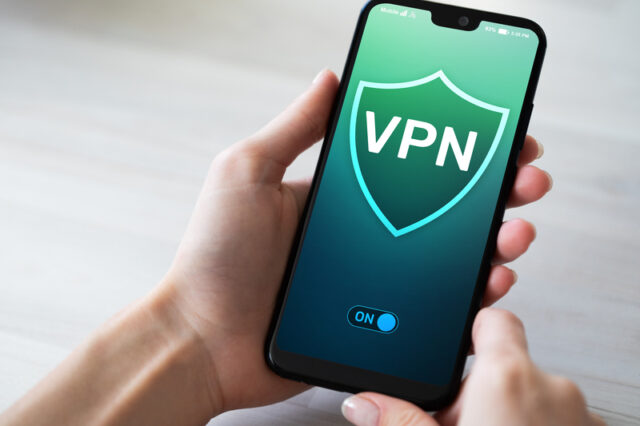One in four free mobile VPN apps fail privacy checks

Virtual Private Networks (VPNs) are trusted by millions to protect privacy, secure communications, and enable remote access on their mobile device. But what if the apps designed to safeguard your data are not secure?
Analysis by Zimperium zLabs of 800 free VPN apps for both Android and iOS reveals that the threat is real and widespread.
The research finds 25 percent of iOS VPN apps lack a valid privacy manifest, violating Apple requirements and leaving users in the dark on how their data is used. Six percent requested private entitlements, powerful system-level permissions that should never be accessible to third-party apps.
Multiple VPNs shipped with outdated OpenSSL code still exposed to the notorious Heartbleed vulnerability, a flaw disclosed more than a decade ago.
Many apps also engaged in permission abuse, requesting access to microphones, system logs, or always-on location tracking without justification. Some apps were even capable of UI screen capture, giving providers or attackers a surveillance vector well beyond their stated function.
“These apps promise protection but instead create new pathways for surveillance, data theft, and exploitation,” says Ignacio Montamat, VP of security research at Zimperium. “For enterprises with BYOD programs, an insecure VPN isn’t just a consumer problem, it’s an organizational threat that can undermine corporate security at its core.”
Zimperium recommends that enterprises and security leaders take a hard look at the mobile apps allowed in BYOD environments. With VPNs often treated as ‘trusted’ by default, this research highlights the need for stronger vetting and ongoing monitoring. Visibility into hidden risks from outdated libraries and weak encryption to misleading privacy policies and excessive permissions is critical to protecting sensitive enterprise data and ensuring trust in mobile defenses.
Brandon Tarbet, director, IT and security at Menlo Security, says, “Organizations need a multi-layered response. Endpoint visibility and management is table stakes. Some organizations will evaluate the risk and tackle this through application allow listing, while others may favor a more permissive approach. However, what is rapidly becoming a requirement is the need for web content-level data security. This need is underscored by how personal VPN providers position and market the supposed security benefits of their products. There is a real need for data protection at the content level, and a market that wants to be able to trust their connection to websites and services. The key is shifting from perimeter-based security mindset (such as with VPNs) to content-level protection that works even when traditional visibility is compromised.”
You can read more on the Zimperium blog.
Image credit: Wrightstudio/Dreamstime.com
